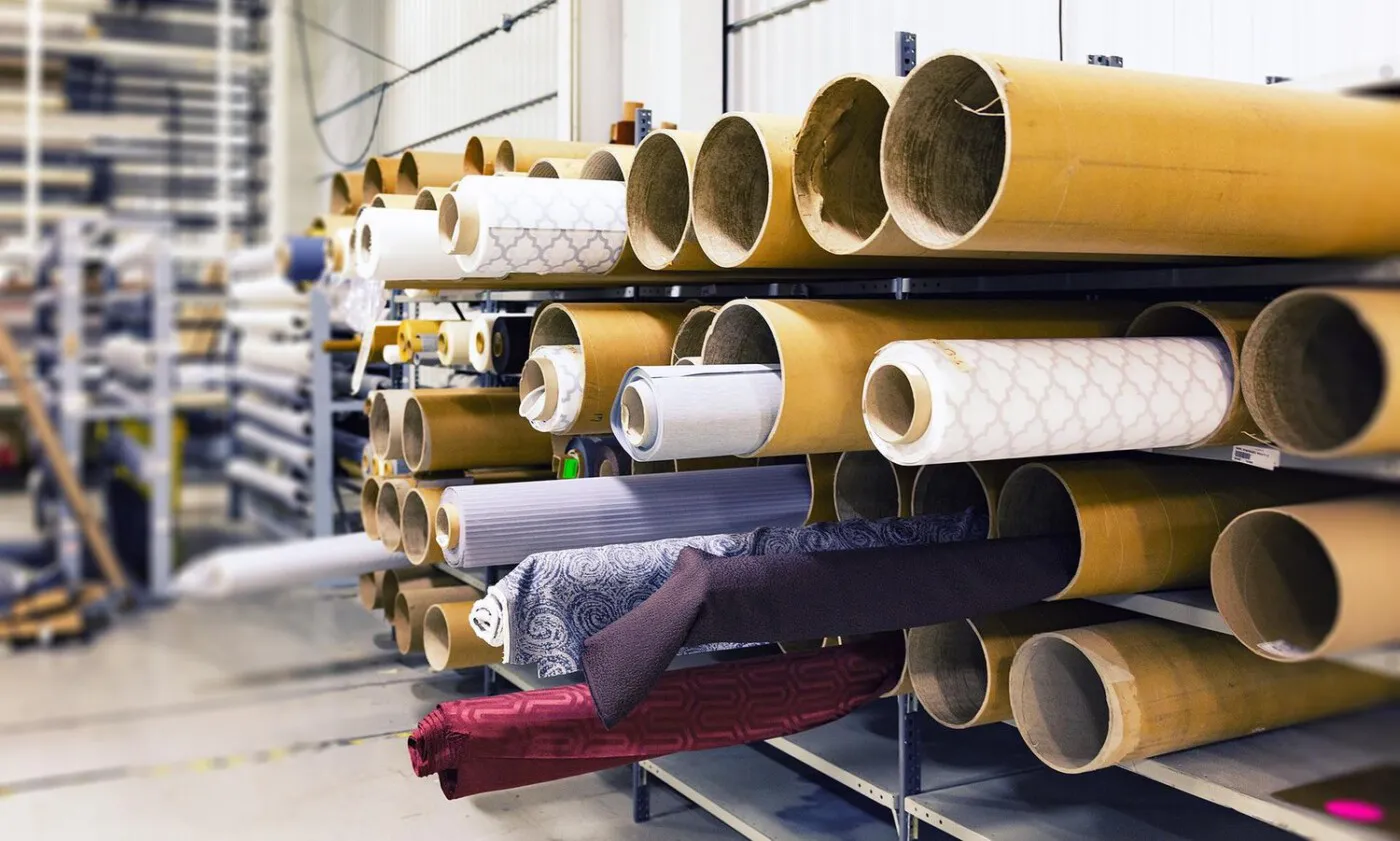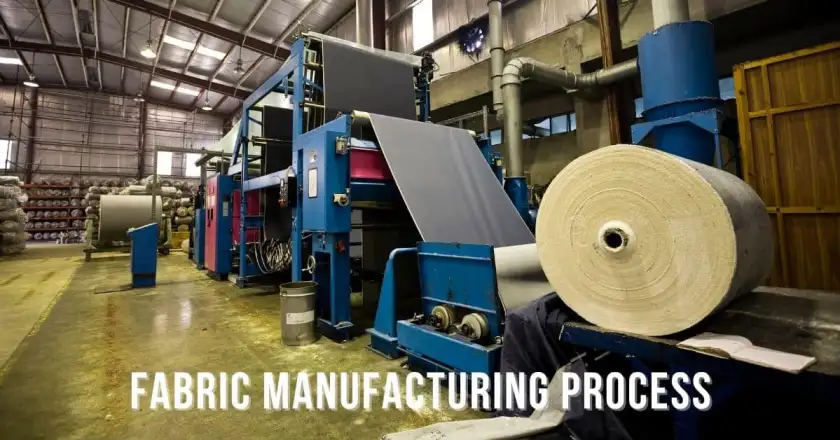India's Leading Fabric & Textiles ManufacturerSupplierExporterDesigner
20+ Years of Excellence in Textile Manufacturing and Innovation
Make your business stand out.
Partner with Shree Texcreation
Shree Texcreation is a leading textiles manufacturer specializing in high-quality fabrics and garments for discerning fashion brands. We offer a comprehensive suite of services from design to delivery, ensuring your vision is flawlessly executed.
Concept to Creation
Our experienced designers work closely with your team to develop custom fabric and garment designs that reflect your brand identity.
Superior Craftsmanship
We source only the finest materials and employ skilled technicians to ensure meticulous construction and flawless finishing.
Sustainable Practices
Shree Texcreation is committed to environmentally responsible manufacturing processes for your custom requirements.
Partner with Excellence
Supplying high-quality fabrics and garments to leading Indian and global fashion brands, with a particular emphasis on women's apparel.

Shree Texcreation's commitment to quality extends beyond just premium fabrics. Our in-house design team and skilled technicians meticulously craft each garment, ensuring impeccable construction, fit, and finishing.
We meticulously source the finest fabrics, both domestically and internationally, with a deep understanding of fiber properties, textures, and performance. Our expertise ensures the perfect fabric selection for your garment needs.
Our experienced designers work closely with you to understand your vision and develop custom patterns, silhouettes, and embellishments that meet your unique brand requirements.
01 01
Design Consultation & Fabric Selection.
We start by understanding your brand and your vision. Our team will guide you through fabric options, sourcing considerations, and technical specifications to ensure the foundation of your garment aligns perfectly with your requirements.
02 02
Pattern Development & Prototyping.
Our skilled pattern makers and designers translate your ideas into detailed patterns and create initial prototypes for your review and approval. We collaborate with you on fit, construction, and any necessary adjustments, ensuring the prototype matches your expectations.
03 03
Production & Delivery.
Once the prototype is approved, we initiate our production process, utilizing state-of-the-art machinery and a highly skilled workforce. We prioritize quality control at every stage and deliver your order promptly and as per the agreed specifications.

Partnering with Tradition and Expertise


Looking for a collaboration?
We'd be happy to work with you.
Call us
+91 98298 35303
[email protected]
Visit Us
Plot No. 8, behind Rajesh Motors, near Bihari Colony, 2nd Phase, M.I.A. 1st Phase, Basni, Basni, Jodhpur, Rajasthan 342005

